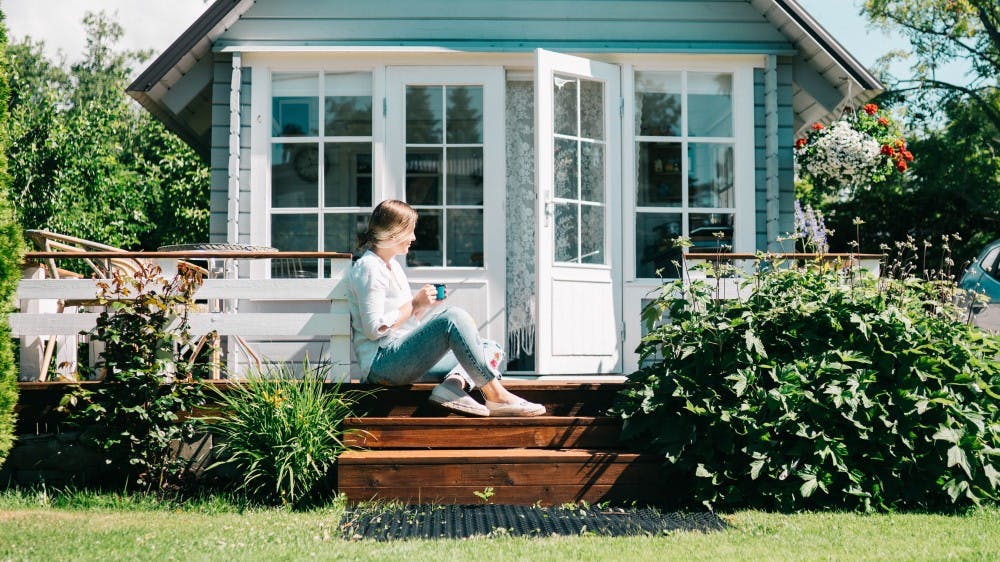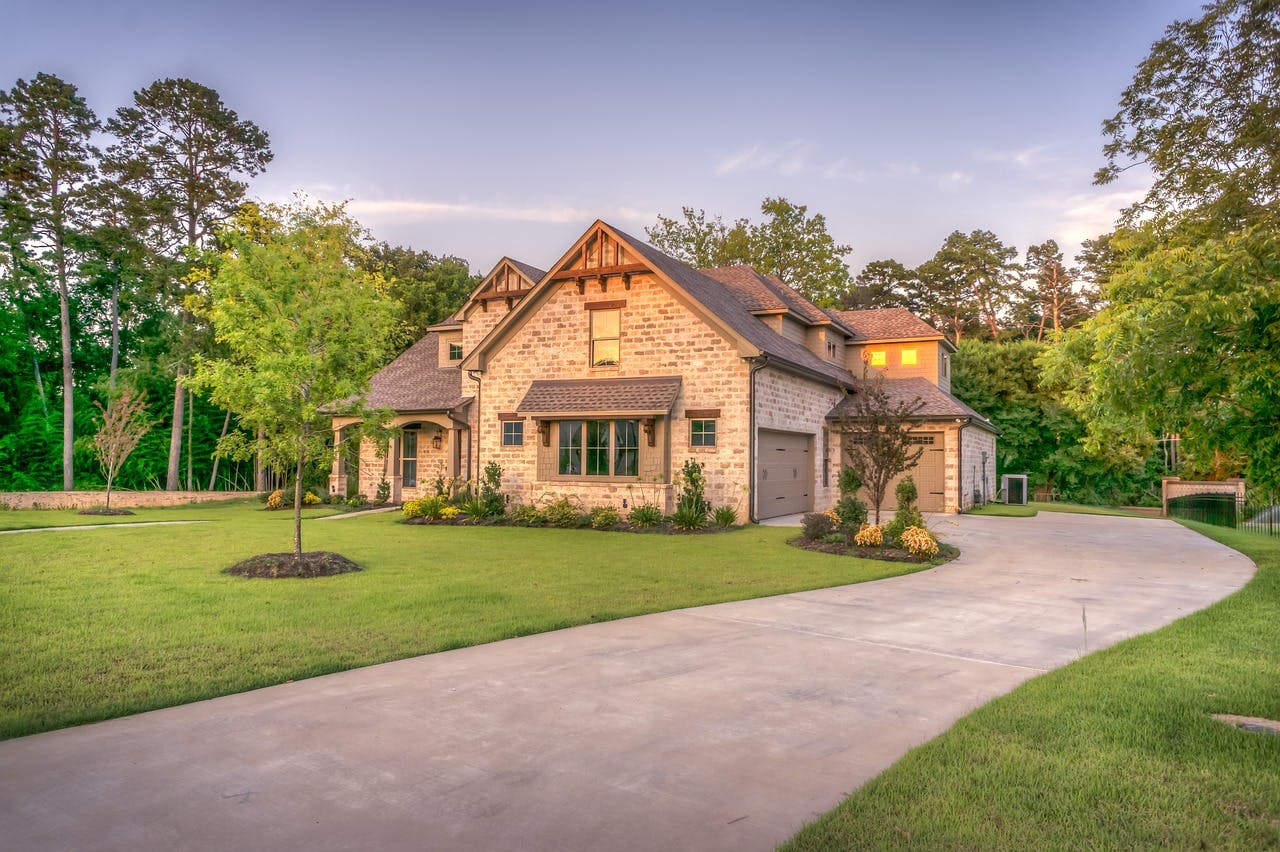
Buying a new home can be one of the most stressful experiences in life. But it doesn’t need to be. Knowing exactly what to look out for, such as red flags when buying a house, you can avoid any unnecessary stress in the future. So, whether you’re trying to get your foot on the property ladder in 2024, looking to start a family, or in need of a bigger place, we’re here to help.
In this article, we will reveal the top 10 red flags when buying a house to look out for to minimize your risk of buying a ‘money-pit.’ After all, knowledge is power, especially when it comes to buying a house.
Look Out For These Red Flags When Buying A New Home
As we're real estate-obsessed, Doormat is on a mission to empower home hunters across the country. So, here are 10 red flags when buying a house you need to be actively looking out for.
1. Subsidence
Unstable foundations can cause subsidence and, like a pack of playing cards, can bring the ‘house’ down. The property might have undergone renovation work, such as a basement renovation, that has impacted the stability of the building, or it may occur due to excess water damage. Either way, it’s no laughing matter. You can spot subsidence by looking for diagonal cracks within brickwork, especially on the exterior of the property. They’re usually wider than 3mm and more likely found around doorways and windows.
2. Japanese Knotweed
A plague for many homeowners, Japanese knotweed can cause subsidence and structural damage to a home. It can be found in gardens and identified by its red shoots, which look like asparagus, with shovel-shaped leaves and cream-coloured flowers.
3. Risk Of Flood Damage
When buying a new home, you should also consider how close the property is to any water sources, such as lakes, rivers, streams, etc. While it might be nice to hear a babbling brook in your backyard, being close to a water source can significantly increase your home insurance policy, and your risk of flood damage will be quite high.
4. Black Mould
If you spot black mould, it is a good indication that the property has suffered from water damage in the past or poor ventilation. You might see a small part of the home has black mould, but under wallpaper and plaster, more mould can be lurking. If you’re sensitive or allergic to mould, this isn’t something you’ll want to deal with moving forward, so give the property a pass.
5. Bad Neighbourhood
Buying a house in a great neighbourhood is the best strategy, even if the house is not your dream home or requires renovation work. As long as you can afford to have the property fixed up, it’s far better to purchase in a good location, as it will hold its value, than buy a larger home in a bad area.
6. Limited Value-Add Opportunity
Adding value to a home by changing box rooms into open-plan living, extending the property to add more rooms, or renovating a basement can help you unlock significant value. Who doesn’t want to make a profit when they come to sell in the future? So look out for work that could be done to improve or expand the home. For instance, a large flat garden could allow you to add a larger kitchen diner or downstairs bathroom.
Read our blog post on buying a condo vs a house here.
7. Property Developments Nearby
If you’re buying a house that is older, new housing developments popping up in close proximity to your house can actually reduce the value of your home. This is because they flood the market with new builds, with modern and aesthetically pleasing styles that are affordable and ready to move in.
8. Unauthorized Extensions or Renovation
Make sure to always ask for the paperwork associated with any extensions or renovations carried out before making an offer on a new home. Unauthorized work can devalue the property and could cause you a headache in the future should a neighbour complain to the local council. In the worst-case scenario, you might be forced to take down an extension or unauthorized shed, garage, or outhouse if the paperwork is not in order.
9. Expensive or Rare Building Materials
Things like oak beams and imported materials all add character to a property but can be extremely difficult and expensive to repair and restore. If budget is a consideration (which for most people it is) it may be beneficial to choose a property that has a ‘standard’ build, as this is straightforward to insure and fix or repair if needed.
10. Low Rental Demand
While you might not be planning on leasing your property now, you never know what the future will bring. So, knowing how much you could rent out the house for is always a good indication of its value and how flexible you could be in the future, should you wish to move abroad for work.
Summing it All Up
Buying a property can be an exciting and stressful experience. It's all too easy to get caught up in the excitement and overlook these red flags. By having these top of mind as you move forward with your home search, you can get ahead of falling in love with a place and then choosing to overlook it's downfalls. At the very least, you'll be able to go into your purchase more informed about what you will be taking on. Similarly, you should also check out our blog on common real estate scams and how to avoid them to keep yourself protected as you search.
At Doormat, we support buyers and sellers with their real estate law needs. While we can work with you and the other sides lawyer to address these red flags after an agreement has been signed, the best time to consider them is before the offer is signed. This means that you need to do your due diligence when you're evaluating properties to avoid getting caught up in the excitement and committing to something you will later regret.









